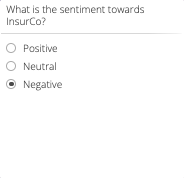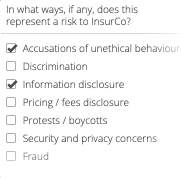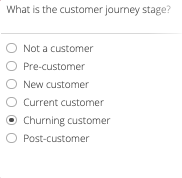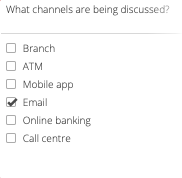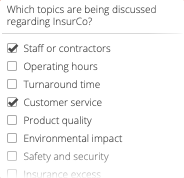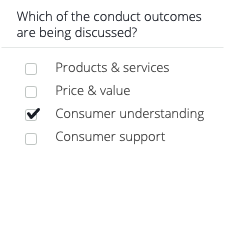How we structure our data
Using a unique combination of AI and human intelligence we find and prioritise the conversation that requires your attention and action. By structuring data in real time we help you to mitigate risk, improve retention and acquisition rates, and deliver superior customer experience.
Not all data is created equal
Our data structuring process

Determine sentiment
Identify risk
Determine journey stage
Determine channels
Discover topics
Conduct outcomes
Harness the power of AI and human intelligence
Artificial intelligence (AI) plays a critical role in processing data at scale but is still not adept at understanding the nuances of human conversation. To overcome these limitations, we combine AI and human intelligence. Algorithms are used for certain preprocessing tasks and our Crowd of human contributors filter noise for the conversation that’s high risk, high value, and urgent.
The DataEQ Crowd is a proprietary crowdsourcing platform comprising trained and vetted local language contributors from around the world. Contributors are remunerated for executing micro-jobs that include the verification and categorisation of social media posts and other short-form texts.
Acquire the authentic voice of the customer
Structuring your online conversation yields a robust customer satisfaction metric known as Net Sentiment. Net Sentiment is an aggregated and real-time metric that is a critical component in the quest for an authentic and complete voice-of-customer measurement framework. It is calculated by subtracting the total volume of negative sentiment from positive sentiment.
Leading customer-centric organisations are using Net Sentiment to benchmark against both competitors and past performance, and as an alternative to traditional lagging metrics like Net Promoter Score.


